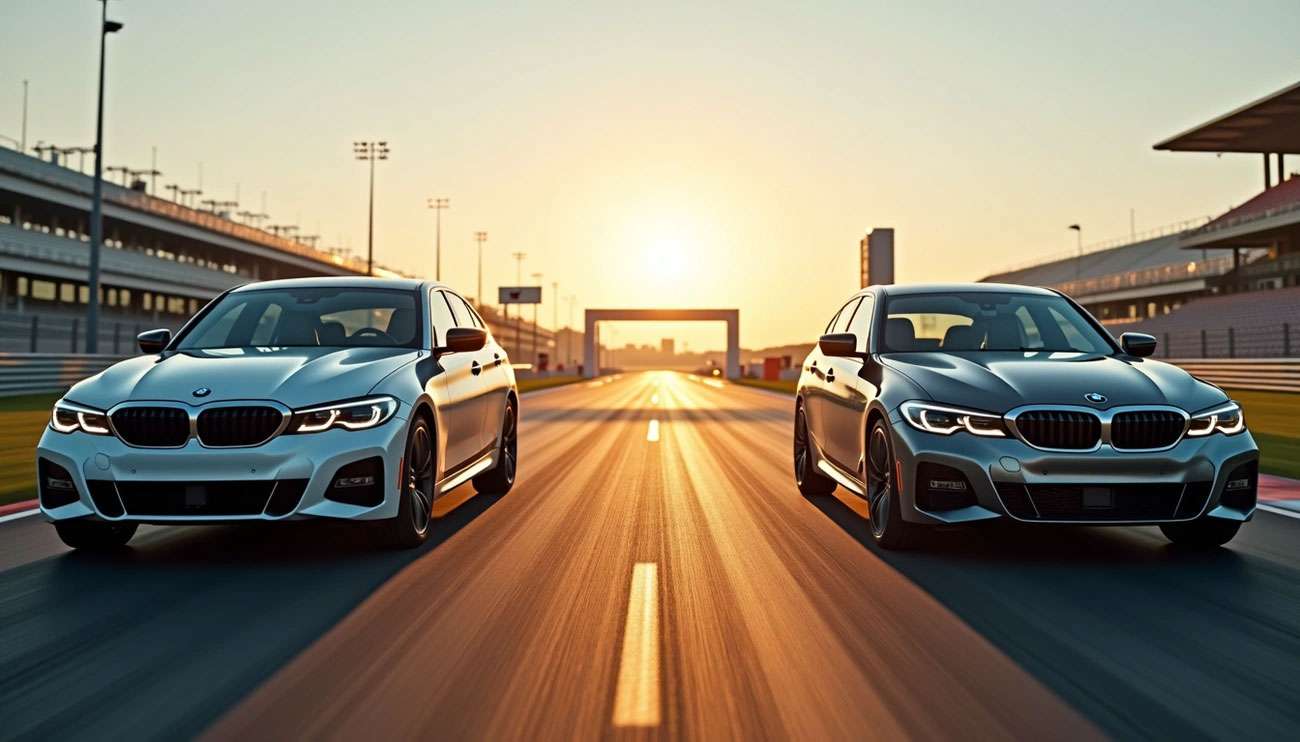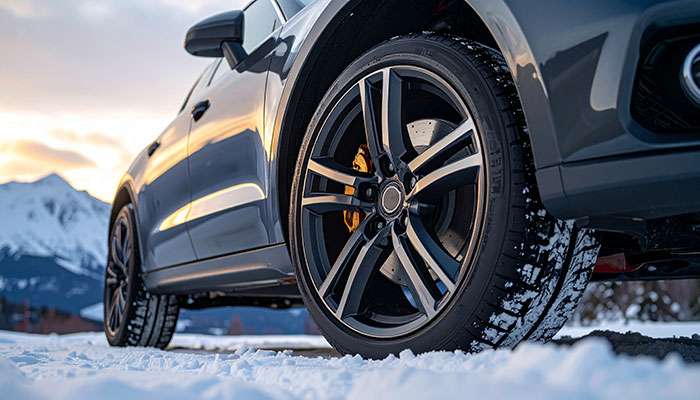
Wheel size changes more than looks. In controlled tests and real-world installs, we see clear differences in acceleration, braking, steering feel, ride comfort, fuel economy, and even speedometer accuracy. This guide distills what matters, how to choose confidently, and the safest way to build a wheel-and-tire package that fits your vehicle the first time.
Upsizing wheels often pairs with wider tires. More rubber on the road can improve dry grip and stability. The trade-off is higher rolling resistance and potential tramlining on worn pavement. On wet or winter roads, tread design and compound matter more than width alone.
Taller sidewalls (typically with smaller wheels) flex over bumps, absorbing impacts and protecting rims from pothole strikes. That same compliance can feel less immediate at turn-in. Low-profile tires (with larger wheels) feel crisp but transmit more impact to suspension components.
Heavier wheel/tire packages dull initial acceleration and steering response and can lengthen stopping distances. Lighter packages help the tire follow the road and keep damping consistent. When in doubt, prioritize light but strong.
Larger diameter wheels can clear bigger rotors and calipers. If your goal is track days or repeated mountain descents, upsizing for brake clearance can be worth the weight—just keep overall tire diameter close to stock.
Run your numbers with these tools: Tire Size Comparison Calculator, Plus/Minus Sizing Calculator, and Wheel & Tire Size Calculator.
Perfect sizing is useless if the wheel doesn’t fit. Verify each item below for your vehicle:
Stay close to your OEM overall diameter and adjust wheel diameter up or down based on goals. Here are illustrative plus/minus scenarios; always verify with the calculators above for your vehicle.
| Use case | OEM Example | Change | Resulting Tire Profile | What You’ll Feel |
|---|---|---|---|---|
| Daily comfort & durability | 17" wheel with 225/50R17 | Minus 1 → 16" wheel | Taller sidewall to maintain overall diameter | Softer ride, better pothole protection, slightly gentler steering response |
| Sport street handling | 18" wheel with 235/45R18 | Plus 1 → 19" wheel | Lower profile to keep height similar | Crisper turn-in, more road feel, potentially harsher ride |
| Brake clearance for track | 19" wheel with 255/40R19 | Plus 1–2 → 20–21" wheel | Lower profile to keep gearing consistent | Room for larger brakes, firmer ride, watch weight closely |
| Light off-road/overland | 18" wheel with 265/60R18 | Minus 1 → 17" wheel | Taller sidewall all-terrain for deflection | Improved compliance off pavement, better rim protection |
Consider equal or minus-one sizing to gain sidewall without straying from OEM overall height. You’ll protect rims, smooth rough pavement, and often save weight.
Plus sizing tightens response and can open the door to brake upgrades. Choose the lightest strong wheel you can and keep overall tire height near stock to preserve gearing and ABS logic.
Focus on load index and heat management. Many trucks prefer a taller sidewall for stability under load. Confirm wheel load rating and tire load range.
Smaller diameter wheels with taller, tougher sidewalls improve compliance, allow airing down, and protect rims on rocks. Verify clearance at full articulation.
Not usually. Larger wheels typically add rotating mass, which can slow initial acceleration. Lightweight wheels help.
Heavier packages can lengthen stops a bit. However, larger wheels may allow bigger brakes that resist fade during repeated hard stops when properly engineered.
Your overall tire diameter changed. Keep the new setup near OEM height and verify with our comparison tool.
Lighter setups with reasonable tire widths tend to help efficiency. Aggressively wide or heavy packages usually reduce MPG.
You can, but expect a firmer ride and more rim risk. If your commute includes potholes, preserve some sidewall.
If the wheel’s center bore is larger than your hub, hub-centric rings help center the wheel and reduce vibration.
